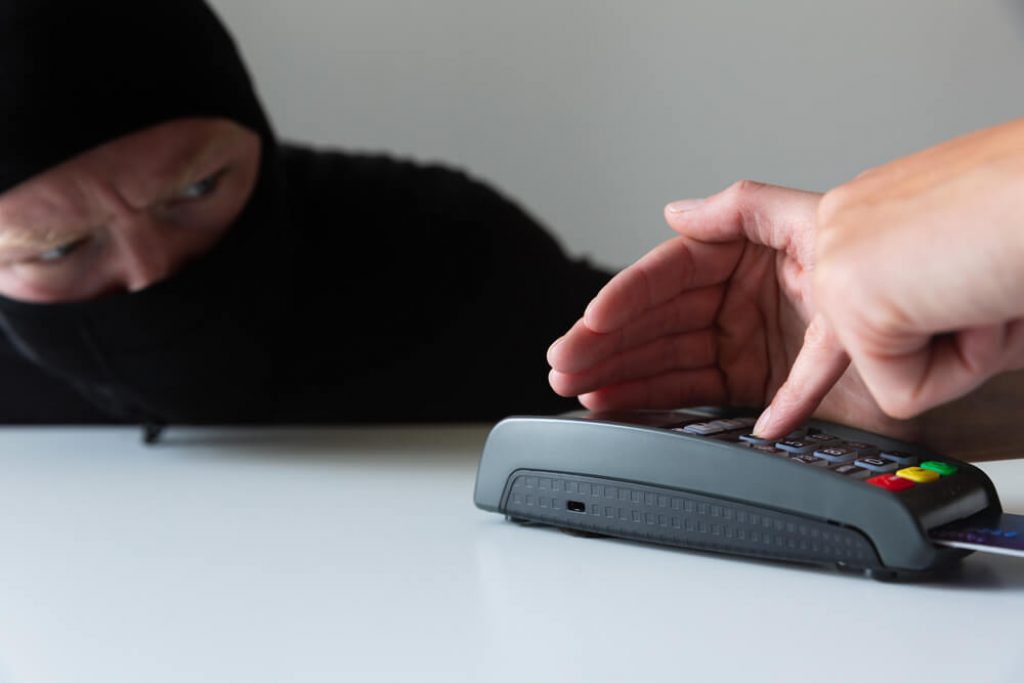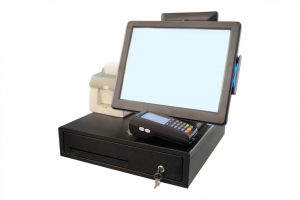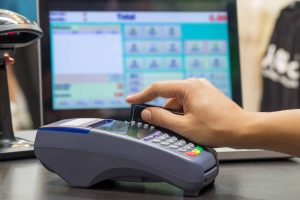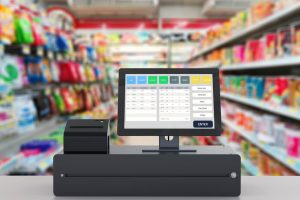Are you trying to understand the Point of Sale or point of purchase system in your new business or planning to install one?
Maybe you are asking yourself whether someone can hack your system and what you can do to prevent it from happening. Luckily, with the developing technology, you can prevent cases of hacking.
With this machine, you will keep track of all sales and payments in your business.
The POS software and hardware enable the sales in your business, and its functionality depends on whether your business is physical, online, or both.
Stick on as we learn more about the POS machine, how it works and if it’s secure.
But first
What’s a POS Machine?
A POS machine is a device that accepts and adds up payments of items being purchased, and it consists of the physical machine that holds and adds the cash. The machine has a system that works with a card reader connected to it through Wi-Fi or a cable for a better and streamlined payment process.
How a POS machine works also depends on the type of business. For example, the machine serves in the ordering system and kitchen briefing for efficient customer service in a restaurant. The system may include a receipt printer and a barcode scanner in a retail store.
Some POS machines will further identify the most popular item and help you keep it stocked, and reduce the least popular items on the shelves. It’s also possible to have a system with ordering software.
Types of POS Hardware
Important: When purchasing and installing a POS system, ensure that it accepts all modes of payment from cash, credit cards, and mobile transfers, plus printing a receipt after the transaction.
Here are some common POS system components that you should evaluate.
Register: it helps in calculating and processing your customer’s transactions.
Connected device: Portable devices work better for the system than the common monitor. Connect your system to an iPad or a tablet with a stand for easy monitoring.
Card reader: The card reader allows smooth transactions when your customer uses a credit card or other contactless payment such as Apple Pay, a magnetic stripe card, or a chip card.
Cash drawer: Even with most cashless transactions, you still need a safe place to keep the cash. You will love the POS connected to a cash drawer since it will minimize fraud and theft cases by tracking the opening of the drawer.
Receipt printer: the paper receipt shows what the customer purchased, the cost, and the time they purchased it. With receipts, it’s easier to make refunds to your customers.
Barcode scanner: The barcode scanner helps read product details, and it’s also a quick way of checking the price and stock level.
Is POS Secure?
Point of sale attacks is happening even in today’s world. This system, just like other computer systems there, is vulnerable to hacking and attacks, and most organizations are putting extra effort into improving data security. These organizations try to protect high-risk transactions by deploying file integrity monitoring and other security control measures.
A lot needs to be done to protect the POS systems. Many cases of lost and stolen cards have increased in breach cases. Hackers can choose to use the monitoring device or even get to remote hacking, which gives them access to more information.
The hackers access card information from the system by installing Random Access Memory( RAM) scanners on the monitoring device. Within a few seconds, they access details of customers’ cards used with the system. Some hackers go further and sell the card information in online black markets.
Additionally, the POS system can help you establish your customers’ purchase patterns based on their profile for effective marketing and promotions. You can also add a restock reminder for proper stock management.
Can Cash Register Systems Get Hacked?
It’s no secret that cash register systems get hacked, the rates may have gone down, but we can’t deny that hackers still access these registers. It’s more dangerous when the customer’s credit or debit card information gets sold on the black markets. Implementing the registers helps in reducing such cases.
How Do I Protect My POS Network?
There are many ways to protect your POS network from hackers. Let’s check some of them.
1. Use Chip Cards
Chip cards are way better than the magnetic stripes card. It’s easy for hackers to get your card data when using a magnetic stripe card, but the changing security code makes it harder to access your details with a secure chip card.
However, most businesses haven’t switched to chip card readers since it’s an expensive process, and only 44% of retailers have these readers in their systems.
2. Updating and Whitelisting
Updating your POS software will implement new security patches when new vulnerabilities need to be addressed. Additionally, whitelisting will only allow necessary applications in your POS systems, plus it keeps apps and browsers that may cause malware.
3. Encrypt Data
To avoid security issues, encrypt all data in the system and decrypt it once it gets to the payment processor. Don’t forget to run vulnerability tests on the system to check for weaknesses and fix any problems detected. An antivirus will help greatly in scanning your system.
4. Train Your Workers
Another way of improving physical security is by keeping your workers informed on insecurities facing POS systems. A training session for employees will help them prevent tampering with criminals who try to attach card skimmers that help steal the card’s information.
How Do You Protect POS Devices?
Adopt remote takeover technology to prevent hackers from accessing your network. This technology works by switching your desktop to an isolated screen once it detects an attack, and hackers won’t access any database information from the screen. You can also install anti-keylogging software to keep off the keylogging spyware from your POS system.
Wrap Up
POS machines are very helpful in the retail industry, and when hackers get access to it, both the retailer and the buyer are at risk. Since the market for stolen credit cards still exists, cybercriminals will continue targeting more POS systems. Most of these hackers target getting more databases and leakage from millions of people.
Ensure that your system is updated to keep any vulnerabilities, plus you can opt to switch to chip cards that are safer than other credit cards.





